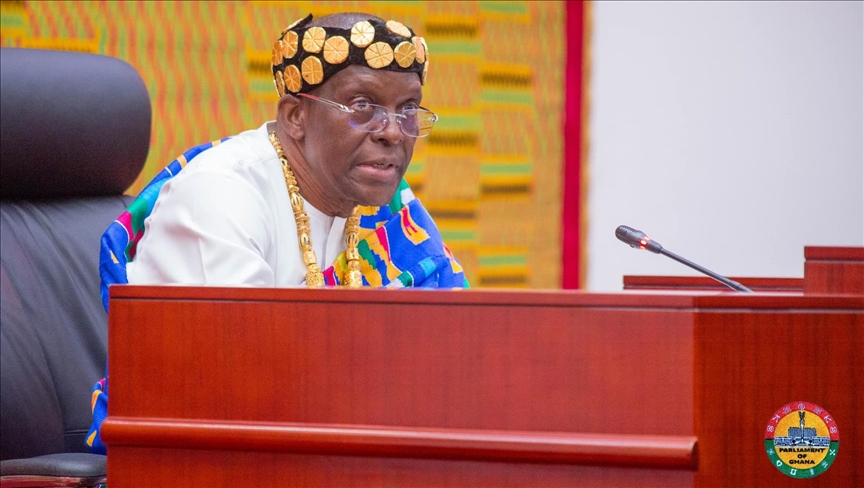Following the announcement by the minister nominee to re-register SIM cards, Dr. Kenneth Ashigbey, CEO of the Ghana Chamber of Telecommunications, provided further insights into the previous registration exercise. He stated that the exercise was not entirely successful but ultimately incomplete.
Dr. Ashigbey explained that the biometric data collected during the initial registration was not accurately captured, indicating that the process had significant flaws. He emphasized the need to utilize the National Identification Authority’s (NIA) database as the definitive source of truth for verification.
This clarification comes as the government prepares to initiate a new SIM card registration process to rectify the issues observed in the past exercise. During his vetting, Sam George announced intentions to revamp the SIM card registration process, expressing his dissatisfaction with the earlier method.
He envisions a more streamlined and efficient approach that would address the previous shortcomings. According to his statement, the new process will be logical and seamless, enhancing the overall experience for users.
Mr. George highlighted that the reformed SIM card registration process would incorporate technology to improve efficiency, thus eliminating the long queues that were characteristic of the previous exercise. “We will conduct a proper SIM re-registration again, and this time, there will be no queues because common sense will prevail, and we will utilize technology to achieve this,” he assured.
In response to the announcement in an interview with Citi FM, Dr. Kenneth Ashigbey reiterated that the previous exercise was incomplete. “I wouldn’t say it was useless; rather, I would say it was incomplete. The issue lies in the fact that the biometric data collected was not processed properly,” he noted.
Sam George also remarked that the fingerprint data gathered was less accurate than that of the National Identification Authority’s system, emphasizing the importance of relying on the NIA database as the authoritative source of identification. “What we should have done was use the NIA database to complete the process,” Dr. Ashigbey explained.
He clarified that while the initial SIM registration phase successfully verified data against the NIA database, the subsequent biometric verification phase was marred by errors. “We conduct the liveliness test and the likeliness test, collect biometric data, but we don’t compare it with the definitive source, which is the NIA database,” he stated.
Sam George highlighted the necessity of addressing this shortfall to ensure that the new SIM registration process is thorough and successful.



